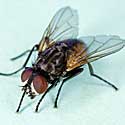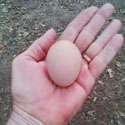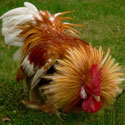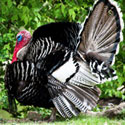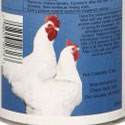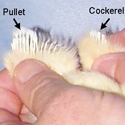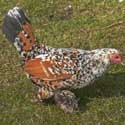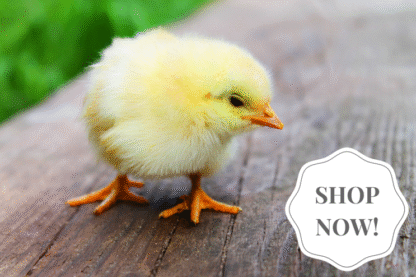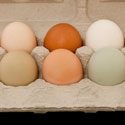
Most eggs sold at the supermarket have white shells. So where do brown eggs and blue eggs come from? The color of the shell is determined by the breed of the hen that laid the egg. Most white eggs sold at the supermarket are laid by Leghorn hens. Many other breeds lay eggs with white […]
Continue Reading
